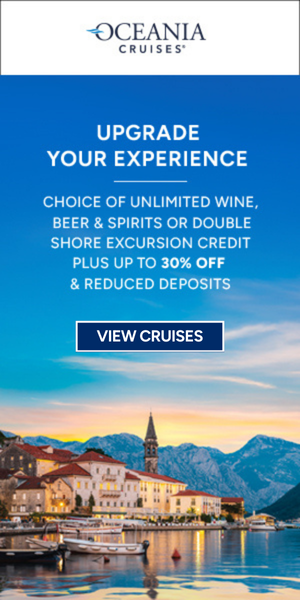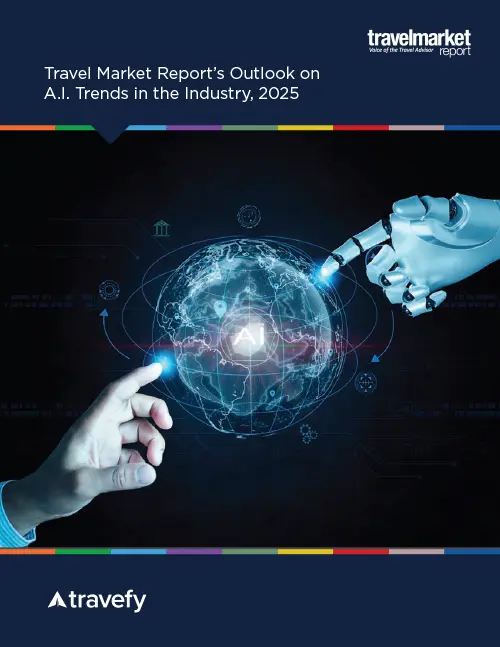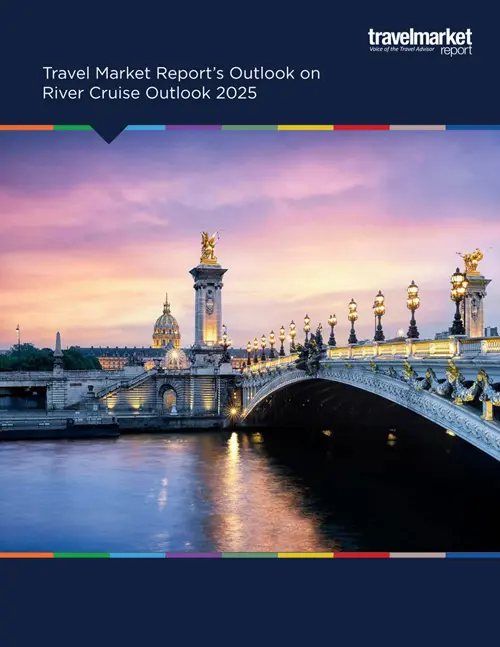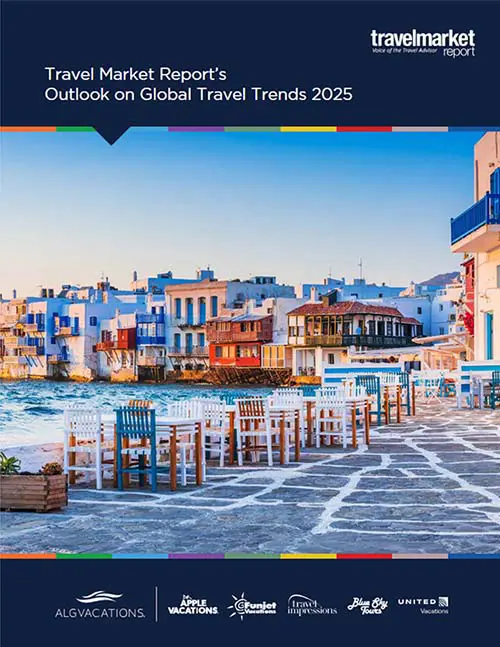Will 2019 Be the Year NDC Bookings Gain Momentum?
by Barbara Peterson
NDC is an IATA technical standard designed to give airlines greater flexibility to market their products through direct channels. Photo: Shutterstock.com.
The airlines’ New Distribution Capability should finally gain momentum in 2019, as more airlines adopt the tools to make it easier to offer customized fare packages through direct channels to third parties.
That, at least, is the view of a number of top industry officials who have spoken publicly in recent weeks about their progress towards making NDC more than just another mystifying industry acronym.
NDC, an IATA technical standard designed to give airlines greater flexibility to market their products through direct channels, got a boost last month with Sabre’s purchase of Farelogix, known for its NDC-Express tool for airlines.
More recently, Lufthansa announced a partnership with European travel management company, BCD, to test NDC bookings.
More than 50 airlines around the world are now certified at NDC Level 3, as well as the main GDSs — Amadeus, Sabre and Travelport – and other IT providers and aggregators. Level 3 is the highest certification IATA awards to companies that can demonstrate their ability to execute full offer and order management.
“The world is going to look very different in five years,” Fred Lalonde, CEO and founder of Hopper, the airfare prediction app, said at a panel on NDC at the Phocuswright conference in Los Angeles. “We are finding that airlines around the world are adopting all sorts of strategies for NDC.”
Those strategies, however, have been the source of confusion and controversy. As Norman Rose, senior technology and corporate market analyst at Phocuswright, put it, “Many in the industry are still asking ‘What is NDC?’ There’s a lot of discussion about bringing rich content to indirect channels.” But some carriers, he said, are more interested in using it to bypass GDSs to cut costs. “So, which is it?” he asked.
Jim Davidson, head of Farelogix, responded that, “It is really about delivering content, the airlines deciding how they want to create it and whom do they deliver it to.” He added: “If you think of it as a delivery system, it’s simply going to find its way, like a river.”
Travelport executive, Simon Ferguson, pointed out that while airlines and travel management companies are coming around, especially in Europe, it’s taking time — IATA came up with NDC more than five years ago. “We processed the first live NDC booking with a European carrier just last month,” he said, with a U.K. travel agency handling the transaction. The booking was reportedly for a seat only, on an intra-European flight, with no ancillary services, but it was seen as something of a breakthrough, showing how the concept can work in practice.
IATA has set a goal of 20 percent of content coming through NDC from 20 airlines by 2020, but major GDSs like Sabre have noted there are a lot of issues still to be resolved, such as how to handle complicated situations like flight disruptions. In the meantime, the vast majority of air bookings will be handled as they always have been.
All of the three main GDSs are building their own NDC products, and are expected to start launching these applications in the first quarter of 2019.

























